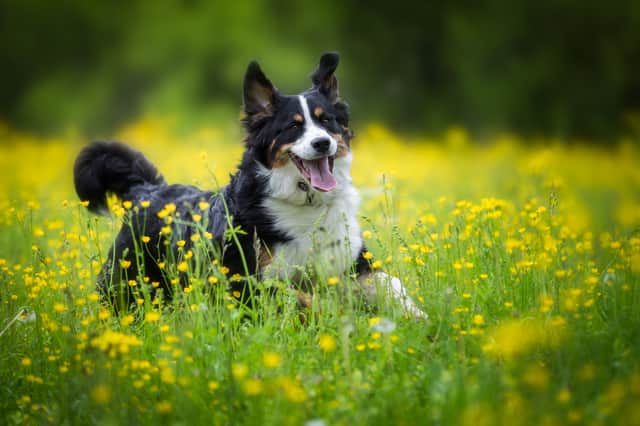These are the symptoms of hay fever in pets - and how to treat it


Hay fever can affect everyone and anyone - including animals.
Pollen allergies are one of the biggest annoyances for people trying to enjoy their summer, and your pet could be suffering too.
What are the symptoms?
Advertisement
Hide AdAdvertisement
Hide AdWhile hay fever can affect your furry friends, it doesn’t present in the same way it does in humans.
Pets dealing with the allergy might be showing you something is wrong in the following ways:
Redness of the skin, especially around the ears, eyes and between the pawsFrequent sneezingExcessive scratchingLicking or biting paws more than normalDrowsiness or tirednessRunny nose and streaming eyes
How do I treat it?
If you think your pet might be dealing with hay fever, it’s always best to make an appointment with a vet to get a proper diagnosis and advice.
Advertisement
Hide AdAdvertisement
Hide AdWhile humans can simply pop and antihistamine in pill form to ease symptoms, the same cannot be said for pets, so don’t give your pets any pills without consultation from the vet.
Your vet is more likely to prescribe a nasal spray or some eye drops. In extreme cases, vets can also administer injections to bring symptoms under control.
Is there anything I can do to help?
In the meantime, there are ways to ease your animal companions symptoms.
Firstly, try to identify what type of pollen your pet is most sensitive to.
Advertisement
Hide AdAdvertisement
Hide AdThere are different types of pollen that your pet might be reacting to and is most prevalent during different times of the year. Tree pollens are the worst during March and April, grass pollens during May, June and July, and finally flowering weeds in June, July and August.
Once the type of pollen has been identified, there are further precautions you can take to keep your pet as comfortable as possible.
Pollen count is at its highest during the afternoon, so try to keep walks and outdoor activities to early in the morning or later in the evening if possible. After your pet has been outside, sensitive baby wipes are great for cleaning their muzzle and paws.
Regular grooming will help to remove pollen from your pets skin and fur, even if it’s not easily seen.
Cleaning bedding on a frequent basis is also recommended to keep pollen out of the house.
This article originally appeared on our sister site, Edinburgh Evening News